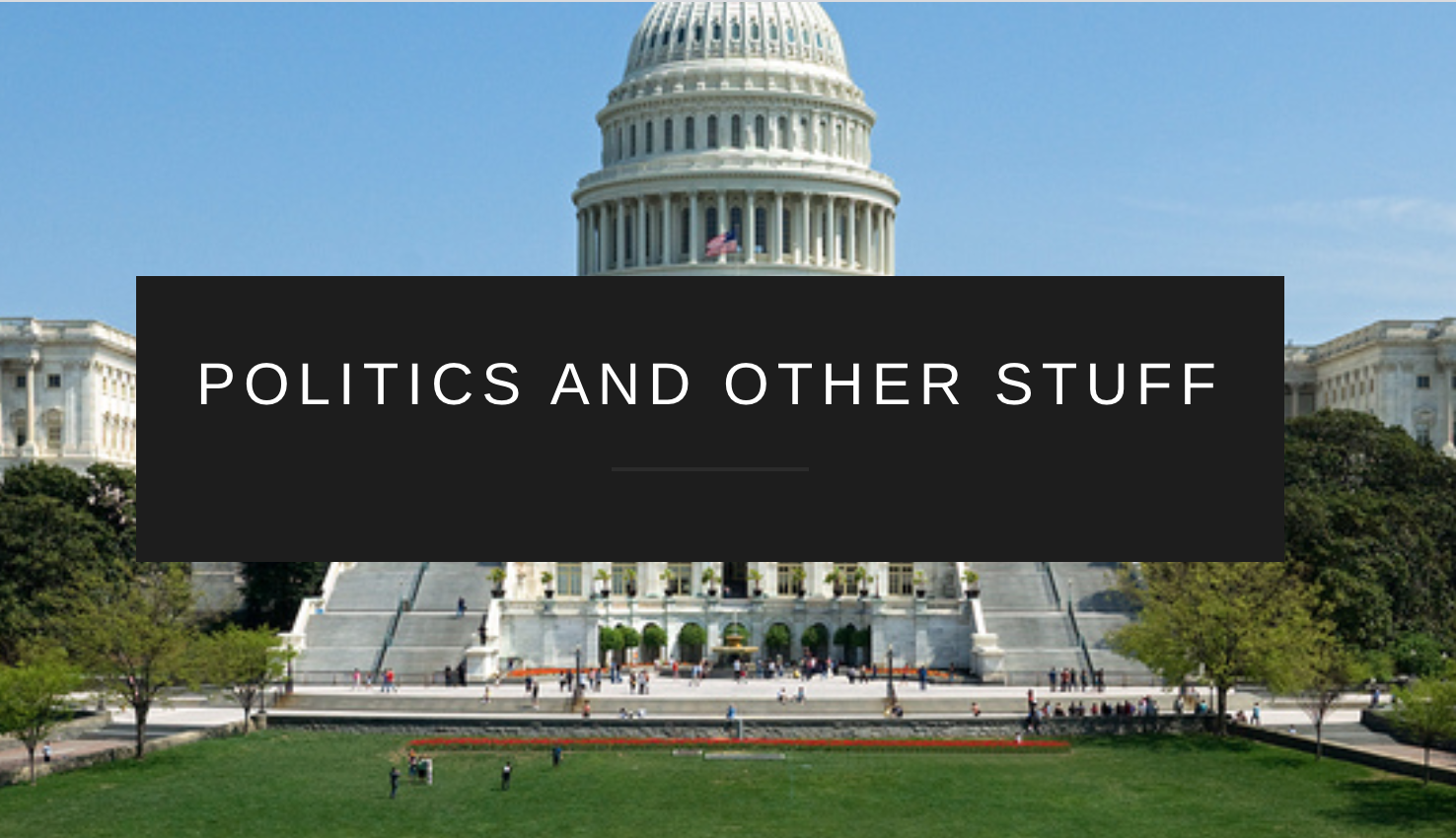
Okay, the break is over. Just a week after Election Day 2023 the schedule for 2024 is starting to fill up. It could turn out to be a bit complicated.
Starting at point one, Congressman Brian Higgins is leaving the House of Representatives 26th District seat that he has held for 19 years. He will become the new CEO at Shea’s Performing Arts Center – or maybe do something else.
Higgins also previously served as Buffalo’s South District Councilman and as a member of the New York State Assembly. He has worked hard over his terms in Congress to deliver significant projects and services to Western New York. His length of service is similar to several previous local members of Congress: Thaddeus Dulski served for 16 years; Jack Kemp 18 years; Henry Nowak 18 years; John LaFalce 28 years; and Jack Quinn 12 years.
Higgins’ resignation from his congressional seat will set off a series of political events:
- Within 10 days of the official resignation date Governor Kathy Hochul will be required by law to proclaim a special election to fill the remainder of the Higgins’ term, which runs through the end of 2024.
- The Governor is required to set a date for the special election that is within 70 and 80 days of the proclamation.
- The Democratic, Republican, Working Families, and Conservative parties will then need to designate their candidates for the special election. There will not be any primaries.
- Here is an approximate schedule based on previous state Board of Elections special election schedules if the official resignation comes at the beginning of February:
- Governor’s Proclamation would be required by about February 11.
- Parties would need to designate their candidates about one week later, perhaps February 18.
- An independent candidates could run but they would probably only have a little over a week to circulate petitions, beginning with the date of the proclamation. 1,250 valid signatures would be required.
- The special election would be held between approximately April 21 and May 1.
- After a new member of Congress takes office there will still be the possibility of a primary election for the seat in June. Petitions for the June primary will hit the streets at the end of February/early March, prior to the special election. General Election Day in 2024 is on November 5.
- The New York presidential primary to select convention delegates is scheduled for April 2. With the current expected nominations of Joe Biden and Donald Trump that will be an unexciting event but nonetheless one that will need to be conducted by the Boards of Elections. So in a period of 14 weeks there will probably be, at least in the NY26 District (Erie and Niagara Counties), three elections, all with early voting opportunities. That would be mean 29 days for voting within a 95-day period!
The 26th District, as of November 1, includes 238,272 Democrats; 107,104 Republicans; 12,177 minor party enrollees; and 124,112 unaffiliated voters in Erie and Niagara counties.
Potential candidates for the seat most recently discussed include State Senator Tim Kennedy; County Executive Mark Poloncarz; and Mayor Byron Brown. State Senator Sean Ryan’s name has come up. X/Twitter postings by former Grand Island Supervisor Nate McMurray and former mayoral candidates India Walton and Ben Carlisle have hinted at possible candidacies, which if they proceed most likely would come in a Democratic primary or in an independent run in the November election.
No names have yet surfaced as a potential Republican candidate.
Kennedy has more than $2 million in his state campaign account but because corporate contributions are included in that account, the money could not be transferred to a federal campaign where corporate contributions are prohibited. Any candidate would essentially need to start from scratch in raising money over a very short period of time.
If Kennedy, or Poloncarz, or Brown were to become the next member of Congress a domino effect would ensue for potential successors to the office they are leaving. State legislators, city councilmembers, county legislators, town officials, and private citizens could enter the picture. That in turn might create the need to fill another public office that would become vacate. Another special election would be necessary to fill any state legislative vacancy. The county legislature has the power to fill vacancies in the office of county executive and for legislators until the next general election. City and town councils would have similar authority if a vacancy developed in their houses.
If Mayor Brown were to become the next President of Buffalo State University a similar chain reaction could result. Given the Mayor’s recent expression of interest in the congressional vacancy, perhaps the Buffalo State position is off the table.
The upshot of all these possibilities is that in addition to the regularly scheduled elections in 2024 for Congress, the State Legislature, and the Erie County District Attorney, there could be one or two special elections early in 2024 followed by a November contest for an office not originally scheduled for election in 2024.
Petitioning for the election of presidential candidate convention delegates starts on December 12. The regular petitioning process for congressional, state legislative, and district attorney candidates would kick off about 11 weeks later.
And lest it be forgotten, the redrawing of congressional and state Assembly district lines is still working its way through the State Independent Redistricting Commission, the State Legislature, and the courts.
You might want to buy a Tim Russert-styled whiteboard to list all the options and movements. It should be fun, at least for those of us who are political aficionados.
Ken Kruly writes about politics and other stuff at politicsandstuff.com
X/Twitter @kenkruly
